Munch! How Grazing Goats Help Manage Forested Land
Grazing goats clearing forested land in Butte County.
In early June as the weather warms up and everything is growing well from the longer days of sunlight, the need for weed control also grows. For NCRLT land steward Patrick Hanford, whose property in Paradise at the edge of the Feather River Canyon, is thickly forested, goats are a helpful solution.
An abundantly wet winter results in weeds galore, according to Hanford. “With the precipitation we got this year, weeds and underbrush throughout the conservation easement grew like mad!” Hanford said. Traditional methods, like cutting, weeding, and spraying are an option, but Hanford liked another idea. “What about goats! Butte County Fire Safe Council and others have done a good job of educating the community about goat grazing as a natural way of reducing fire fuels and controlling expansive growth,” Hanford noted.
The 300 goats (and sheep!) from Hanski Farms in Magalia arrived in June and stayed on the property for one week, along with three livestock dogs to keep everything in check. The tender moves the herd around to eventually cover the entire property, which included private land. “Combining family-owned parcels with the conservation easement acreage made the cost more affordable, “Hanford explained.
In addition to cost savings, there are also ecological benefits to using goats, according to Callie Jane from the Butte County Fire Safe Council (BCFSC) “This program assists property owners along with additional strategies for habitat improvement and reforestation of desired stand of mixed conifer forest,” Jane explained.
Patrick Hanford and his family, whose conservation easement was established in 2004 have seen the added value of having the grazing goats visit. “The goats and sheep took on some of the steepest terrain. It was fun to watch the goats climb up stumps and downed-trees to find the tastiest foliage,” he said. “We can now walk a trail across a stream that was previously choked with ceanothus (deer brush) and the task of maintaining this openness will be much easier thanks to those hungry goats and sheep!”

